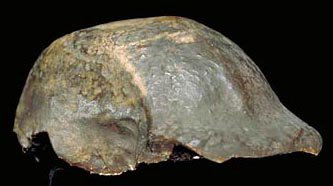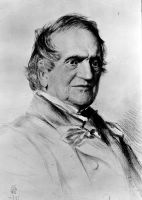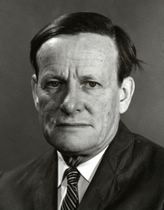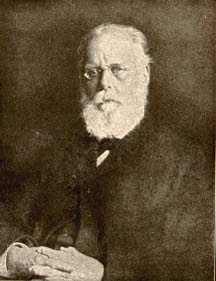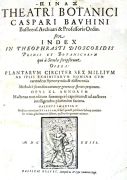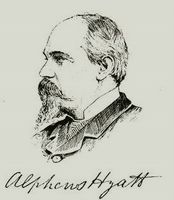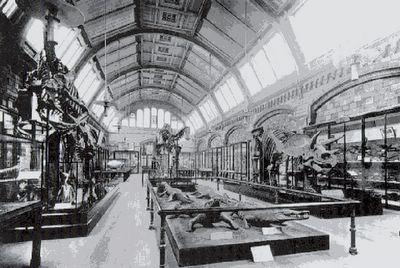Title: New Dinosaur Discoveries A-Z
Author: William Stout
Publishing Information: Flesk Publications; HC; 64 pages; 1st edition $14.95
Ordering Number: ISBN: 978-1-933865-23-2
Review copy: complimentary
Read the publisher blurb
Order HereAuthor: William Stout
Publishing Information: Flesk Publications; SC; 144 pages; 1st edition $24.95
Ordering Numbers: ISBN: 978-1-933865-22-5 (SC); ISBN: 978-1-933865-21-8 (HC with jacket)
Review copy: complimentary
Read the publisher blurb
Order Here
Reviews: Dinosaur Discoveries and
New Dinosaur Discoveries A-Z are the latest dinosaur books by Bill Stout whose art has been featured many times on the blog. Most dino enthusiasts will remember Bill’s
The Dinosaurs–A Fantastic New View of a Lost Era first published in 1984, and later updated with new art and republished in 2000 as
The New Dinosaurs. More recently Flesk Publications produced
William Stout: Prehistoric Life Murals featuring Bill's murals for the Houston Museum of Natural Science, Walt Disney World's Animal Kingdom, and the San Diego Natural History Museum.
The new books feature Bill’s artistic takes on new dinosaurs named within the last decade, many of which were described and named in the last few years. Each book features a pen and ink drawing enhanced by eye-catching watercolours, with the dinosaurs depicted with either a minimalistic background and a few accurately drawn plants, or a fully rendered environment including other appropriate animals & plants. The text for each dinosaur is limited to a brief, but accurate, listing of the usual data, and short description of the dino and other pertinent facts of its discovery or anatomy.
Both books benefit from the fact that Bill is (1) an exceptional anatomist and artist, and (2) he has thoroughly researched each animal by going to the primary literature. My only complaint, and it’s a minor one, is that he has left the species name out of every description. While in most cases new genera are described, the
Pachyrhinosaurus entry refers to
P. lacustris, not
P. canadensis, but the reader is not informed of this.
I’ve reviewed the two books together because
New Dinosaur Discoveries A-Z is actually a condensed version (both in size and page number) of the larger book, featuring one dinosaur for each letter of the alphabet. All the art is taken from
Dinosaur Discoveries, and it is clearly aimed at a more juvenile market.
I have to mention Flesk Publications secret weapon that makes each of these books (and all of Flesk’s recent publications) a real treat for the book lover – designer
Randy Dahlk. Dahlk has a gift for designing gorgeous books that the reader will want to own no matter what the subject matter. Note that Randy’s design for
New Dinosaur Discoveries A-Z turns it into a ‘Golden Book’, so fondly remembered by many older readers. For this reason alone you’ll want to pick up both books.
Recommendations: Both get the Palaeoblog’s Highest Recommendation.
 - Variation of Animals and Plants under Domestication - was published. He was 58. It is probably the second in importance of all his works. This was a follow-up work, written in response to criticisms that his theory of evolution was unsubstantiated. Darwin here supports his views via analysis of various aspects of plant and animal life, including an inventory of varieties and their physical and behavioral characteristics, and an investigation of the impact of a species' surrounding environment and the effect of both natural and forced changes in this environment.
- Variation of Animals and Plants under Domestication - was published. He was 58. It is probably the second in importance of all his works. This was a follow-up work, written in response to criticisms that his theory of evolution was unsubstantiated. Darwin here supports his views via analysis of various aspects of plant and animal life, including an inventory of varieties and their physical and behavioral characteristics, and an investigation of the impact of a species' surrounding environment and the effect of both natural and forced changes in this environment.




